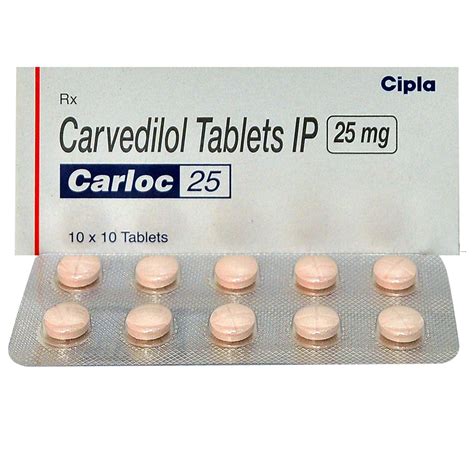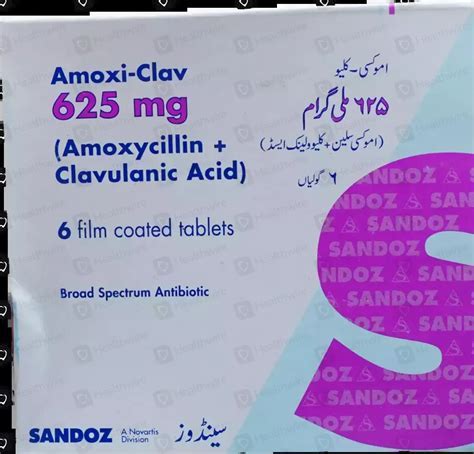Carvedilol, a medication that belongs to a class of drugs known as beta-blockers, is utilized for the treatment of various conditions related to the heart and blood vessels. Its mechanism of action involves blocking the action of certain natural chemicals in your body, such as epinephrine, on the heart and blood vessels. This effect lowers the heart rate, blood pressure, and strain on the heart.
One of the primary uses of carvedilol is in the management of high blood pressure (hypertension). By reducing blood pressure, carvedilol helps to decrease the risk of stroke, heart attack, and kidney problems. Its effectiveness in lowering blood pressure has been well-documented in numerous clinical trials, making it a valuable option for patients with this condition.
Another significant use of carvedilol is in the treatment of heart failure. Heart failure is a condition where the heart is not able to pump enough blood to meet the body’s needs. Carvedilol has been shown to improve survival and reduce the risk of hospitalization in patients with heart failure. It works by reducing the heart’s workload and increasing its efficiency, which can lead to improvements in symptoms such as shortness of breath and fatigue.
In addition to its use in hypertension and heart failure, carvedilol is also used to treat angina (chest pain) and to improve survival after a heart attack. Angina occurs when the heart muscle does not receive as much blood and oxygen as it needs, often due to narrowed arteries. By reducing the heart’s demand for oxygen through lowering heart rate and blood pressure, carvedilol can help alleviate angina symptoms. Furthermore, in patients who have suffered a heart attack, carvedilol can help reduce the risk of another heart attack or death.
The use of carvedilol in these conditions is supported by a strong body of evidence from clinical trials. For example, the CAPRICORN trial demonstrated the effectiveness of carvedilol in improving survival and reducing the risk of further cardiovascular events in patients with left ventricular dysfunction after a heart attack. Similarly, the US Carvedilol Heart Failure Study demonstrated significant improvements in survival and reduction in hospitalization rates for worsening heart failure in patients treated with carvedilol compared to placebo.
Carvedilol is also known for its unique properties compared to other beta-blockers. It has antioxidant effects, which can help protect the heart from damage caused by free radicals. Additionally, carvedilol has alpha-1 blocking activity, which can lead to blood vessel relaxation, further contributing to its blood pressure-lowering effects.
In terms of side effects, carvedilol is generally well-tolerated, but like all medications, it can cause some adverse effects. Common side effects include dizziness, lightheadedness, fatigue, and diarrhea. More serious but less common side effects can include worsening of heart failure, slow heart rate, and low blood pressure. It’s essential for patients to discuss the potential benefits and risks of carvedilol with their healthcare provider to determine if it’s the right treatment option for their specific condition.
For patients considering carvedilol, it’s crucial to follow the prescribed dosage and regimen strictly. The medication should be taken orally with food to minimize the risk of orthostatic hypotension (a sudden drop in blood pressure upon standing). Regular monitoring of blood pressure and heart rate, as well as periodic follow-up appointments with a healthcare provider, are essential to adjust the dosage as necessary and to manage any potential side effects.
In conclusion, carvedilol is a versatile and effective medication for managing various cardiovascular conditions. Its ability to improve outcomes in patients with hypertension, heart failure, angina, and after a heart attack makes it a valuable treatment option. Understanding its uses, benefits, and potential side effects can help patients make informed decisions about their healthcare and work closely with their providers to achieve the best possible outcomes.
What are the primary uses of carvedilol?
+Carvedilol is primarily used for the treatment of high blood pressure (hypertension), heart failure, angina (chest pain), and to improve survival after a heart attack.
How does carvedilol work?
+Carvedilol works by blocking the action of certain natural chemicals in your body, such as epinephrine, on the heart and blood vessels. This effect lowers the heart rate, blood pressure, and strain on the heart.
What are the potential side effects of carvedilol?
+Common side effects of carvedilol include dizziness, lightheadedness, fatigue, and diarrhea. More serious but less common side effects can include worsening of heart failure, slow heart rate, and low blood pressure.
Why is carvedilol considered unique among beta-blockers?
+Carvedilol has antioxidant effects and alpha-1 blocking activity, properties that distinguish it from other beta-blockers and contribute to its therapeutic benefits.
How should carvedilol be taken?
+Carvedilol should be taken orally with food to minimize the risk of orthostatic hypotension. Patients should follow the prescribed dosage and regimen strictly and attend regular follow-up appointments with their healthcare provider.



